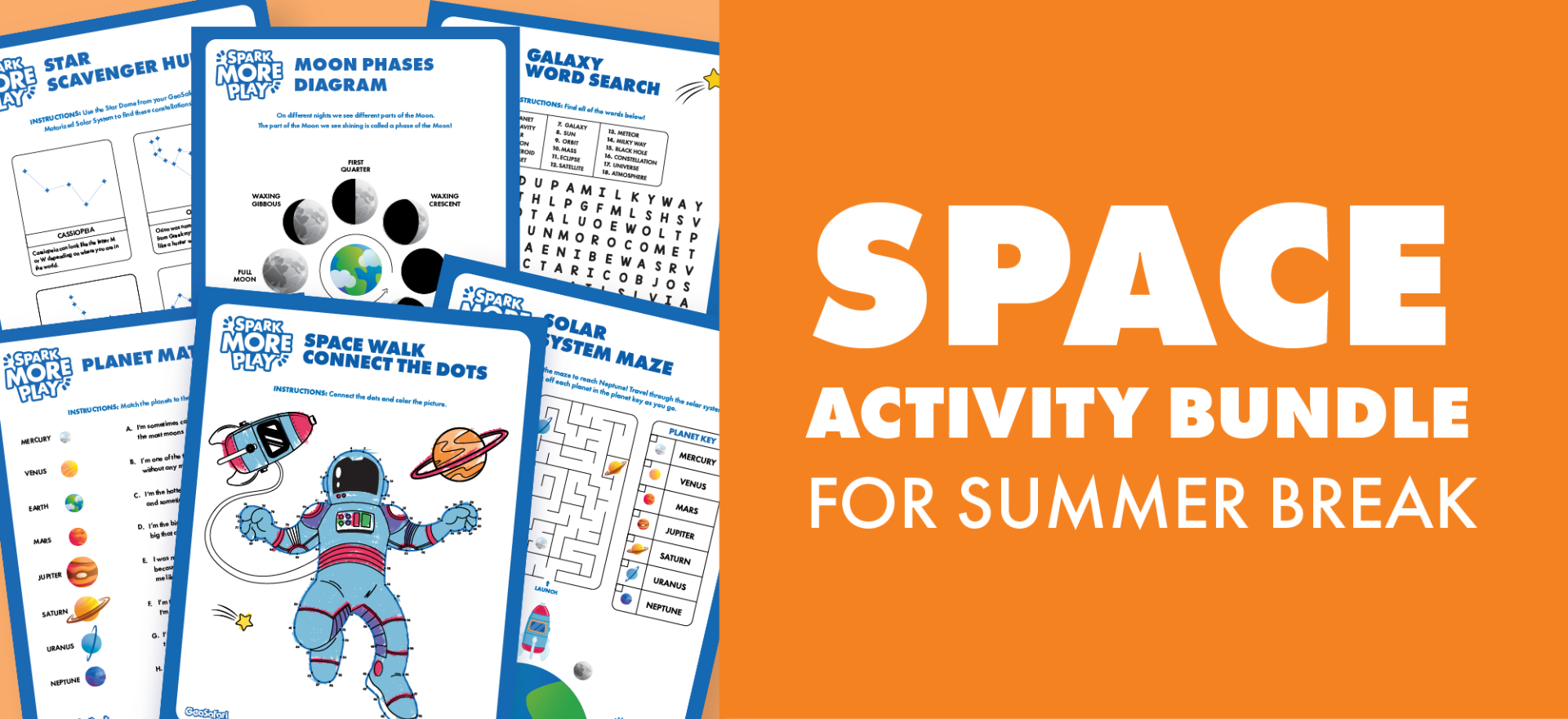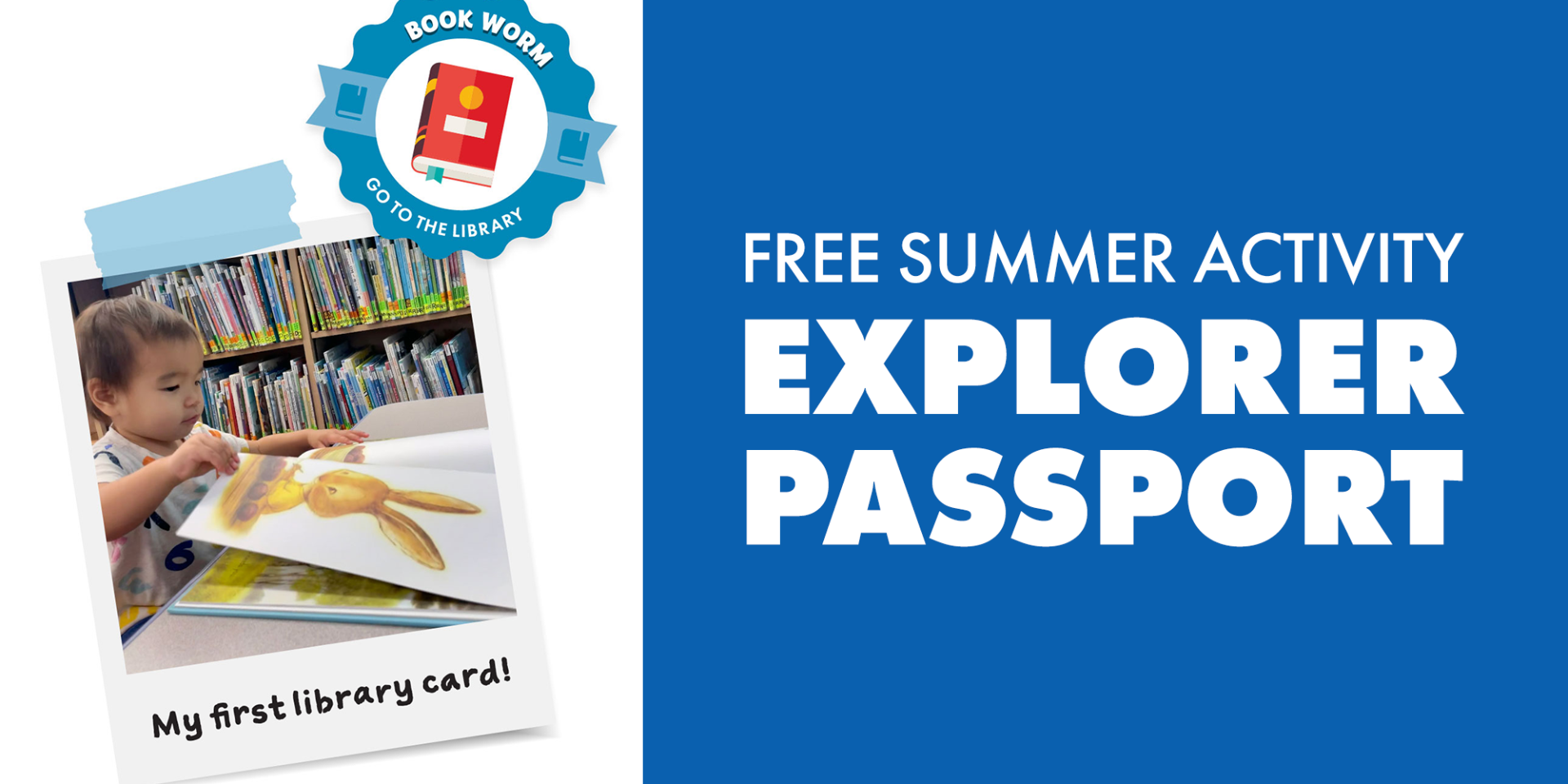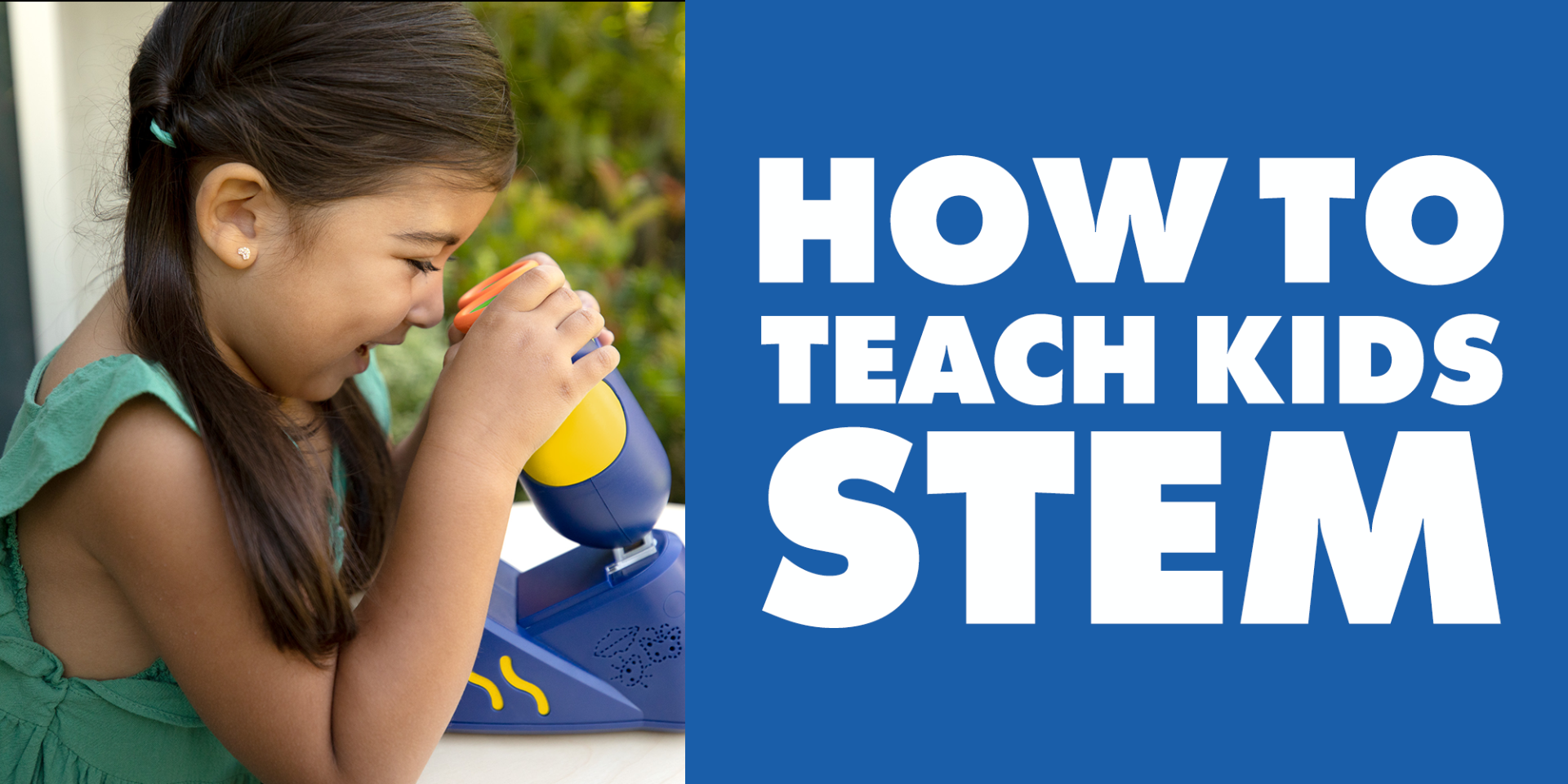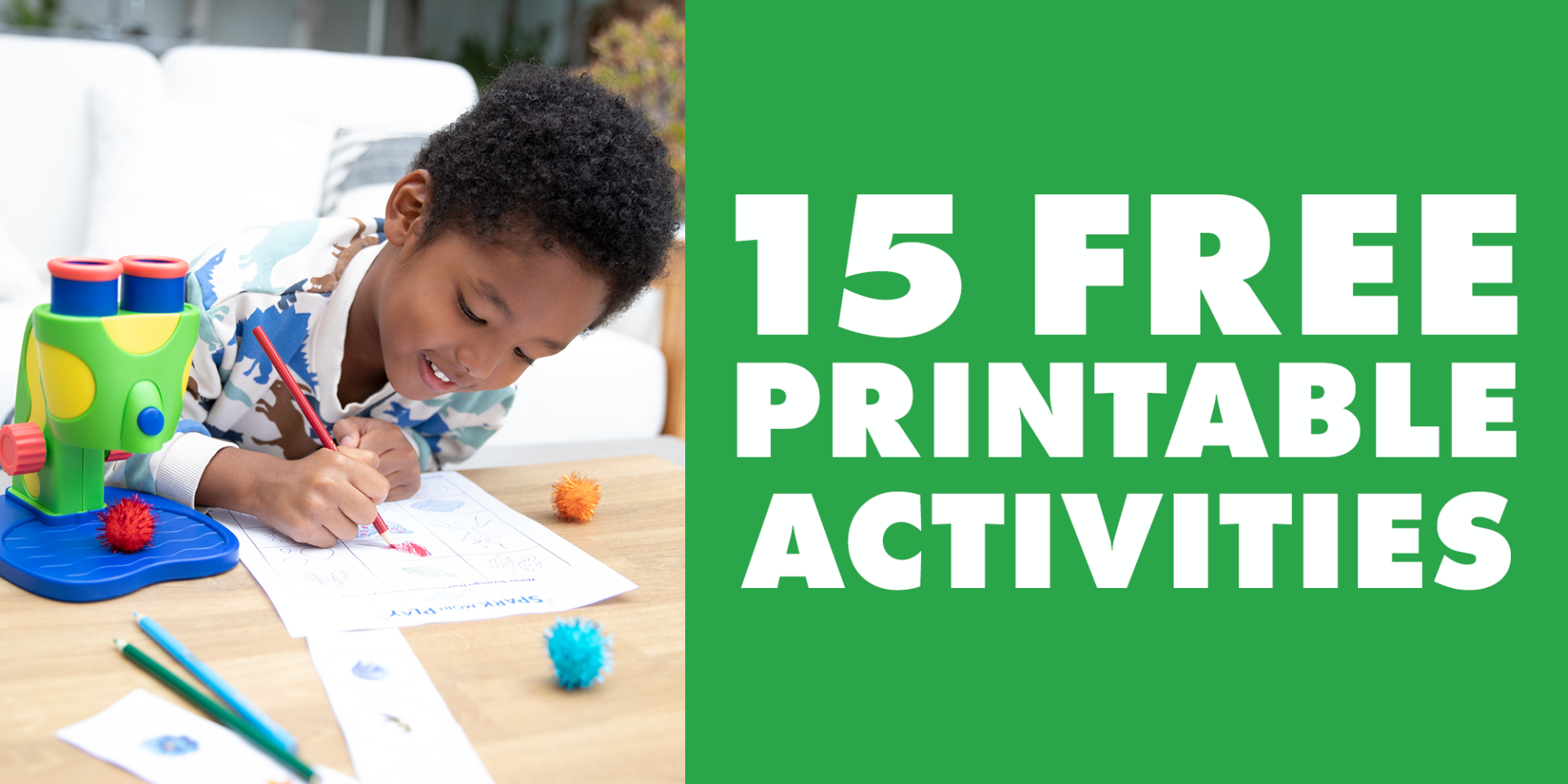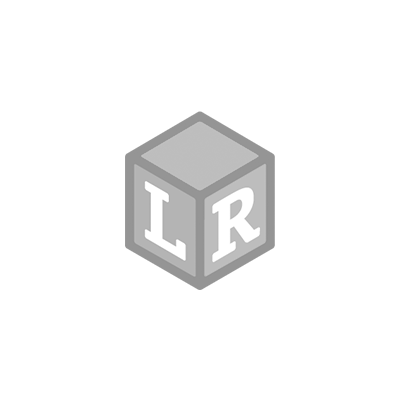
Four Simple Spring Activities for At-Home Learning
- EI Editor Posted On Apr 6, 2023
It’s springtime! Whether or not it’s starting to warm up around you, we’ve compiled some awesome activities for at-home learning that you can do inside or outside! Spring into some seasonal hands-on activities:

1. COMPOST
Did you know that May 29th is National Learn About Composting Day? If you have a garden or want to start one this spring season, composting is an eco-friendly and excellent way to get rid of food scraps and fertilize your garden at the same time!
Composting is the natural recycling process that converts things like food scraps, grass clippings, or leaves into a usable fertilizer or mulch! That means you can take those leftovers you were going to toss in the trash and compost them, which is better for the environment. Visit the Environmental Protection Agency website to view a list of compostable and non-compostable items.
To get your kids started with composting and to introduce the concept of decomposition, check out our Now You See It, Now You Don't See-Through Compost Container. Kids can view the entire decomposition process clearly with magnification spots and make side-by-side comparisons between different materials using the three separate, aerated compartments. Plus, they can observe how temperature changes during the process with the included thermometer.
Compost your own materials and scraps for your very own garden! If you don’t have a garden, research your local composting options. Many services will provide pick-up or drop-off compost services so you can help the Earth with your composting!
Make composting a family activity for a great learning opportunity and quality time well spent!
Composting is the natural recycling process that converts things like food scraps, grass clippings, or leaves into a usable fertilizer or mulch! That means you can take those leftovers you were going to toss in the trash and compost them, which is better for the environment. Visit the Environmental Protection Agency website to view a list of compostable and non-compostable items.
To get your kids started with composting and to introduce the concept of decomposition, check out our Now You See It, Now You Don't See-Through Compost Container. Kids can view the entire decomposition process clearly with magnification spots and make side-by-side comparisons between different materials using the three separate, aerated compartments. Plus, they can observe how temperature changes during the process with the included thermometer.
Compost your own materials and scraps for your very own garden! If you don’t have a garden, research your local composting options. Many services will provide pick-up or drop-off compost services so you can help the Earth with your composting!
Make composting a family activity for a great learning opportunity and quality time well spent!

2. EGG-CELLENT DIY MATH ACTIVITY
Recycle those egg cartons into a DIY, hands-on counting activity for ages 3-4! This idea comes from Janene Russell, one of our very talented Product Managers who is a mom of two, former teacher, and the expert of all things preschool and early development! This math activity encourages counting, number sense, and one to one correspondence.
Supplies:
- Egg carton
- Markers
- Counters (pasta, buttons, sequins, coins, pom poms, etc.)
Directions
- Write the numerals 1 - 12 in order on the bottom of each slot in the carton.
- On the sides of each slot, draw dots representing that number.
- Together with your child, count out the matching number of counters and place them in the corresponding spots.

3. FUNNY PI DAY-INSPIRED MATH ACTIVITY CARDS
Pi Day is a global celebration of a very special number that begins with 3.14159…. so of course it’s celebrated on 3/14 (March 14th!) The Greek letter “π” is the symbol used to represent pi, which is a mathematical constant. What kind of a constant, you ask? For any circle, the wonderful and persistent 3.14 (π) is ALWAYS the result when you divide the circumference of a circle by its diameter.
Here are some fun facts before we get into the activity
Here are some fun facts before we get into the activity
- 1. Pi fanatics start their celebrations on March 14th, 2015 at 9:26:53 am, as the numbers 3/14, 15, 9,26,53represent the first 10 digits of pi! (3.141592653)
- “Piphilology” is the act of creating and using techniques to remember as many numerals in the infinite pi as possible. Rajveer Meena currently holds the Guinness World Record for the most decimal places of Pi memorized; it took him nearly ten hours for Rajveer to recite 70,000 decimal places of Pi!
We don’t know that many decimal places off the top of our heads, but we do have some hilarious vocabulary cards inspired by Pi Day! These cards are from Hot Dots® Laugh It Up! Math Vocabulary Cards. Download and print the cards, then use your Hot Dots Pen to select the right answer and practice your math vocabulary!
Download the vocabulary cards here!
- Download the What is the Fraction? card
- Download the What is a Circle? card
- Download the Find the Circumference? card
- Download the Find the Diameter? card
- Download the What is a Fraction (part 2)
- Download the What is a Circle (part 2)
- Download the Find the Circumference (part 2)
- Download the Find the Diameter (part 2)

JELLO EDIBLE ART
Get creative with an art activity you can eat! Kids love creating custom designs out of Gelatin shapes and then getting a sweet treat at the end!
Brain Boosting Benefits:
- Encourages imagination and creativity
- Enhances fine motor skills
- Introduces basic geometric shapes and vocabulary
- Introduces patterning, a basic early math skill
Supplies:
- 5 pouches (1 oz each) of clear gelatin
- 3 small boxes (3 oz each) of flavored gelatin
- 1 can (14 oz) of sweetened condensed milk
- Water
- Plastic wrap
- 3 Containers/pans for your flavored gelatin (4" x 4" or bigger)
- 1 Large container/pan for mosaic making
- Mixing bowl
- Measuring cups
Directions:
For visual aids of each step, click here.
- Mix Gelatin and Let Set:
Line your containers with plastic wrap so you can easily remove the gelatin. Mix one pouch of clear gelatin with 1 cup of boiling water in a bowl. Stir until dissolved. Then add one box of colored gelatin to this mixture, stir until dissolved, and pour into one of your containers. (Note we recommend less water than stated on the gelatin package, so the gelatin blocks are firmer and easier to work with.) Repeat the process for the other two colors. Refrigerate all three containers for at least three hours. - Cut Gelatin into Tiles:
Remove all colors from the fridge, remove the gelatin from the containers, and cut each color into 1” x 1” square tiles, about .5” thick. Return cut cubes to their containers and put them back in the fridge. - Make Milk Gelatin:
In a mixing bowl, mix two pouches of clear gelatin with 1/2 cup of cold water. Let this sit and thicken for a few minutes. Add 1.5 cups of boiling water and stir until dissolved. Then add the can of condensed milk and stir until smooth. Pour a thin layer of this milk gelatin (no more than 1/4" thick) into your large pan, place in the fridge, and let chill a few minutes—until it thickens up a bit. Leave the rest of the milk gelatin to cool on the countertop —do NOT put this batch in the fridge. - Create Your Gelatin Masterpiece:
When the milk gelatin has thickened a bit, remove it, and your cut, colored squares, from the fridge and place it on the counter or table where you’ll be working. Then use the colored tiles to create patterns, designs, or pictures by placing them directly into the milk gelatin pan. When you’re done, return the milk gelatin to the fridge for a few minutes. Tip! Try cutting your tiles into different shapes to help with your designs. - Spoon Milk Gelatin Between Tiles:
Take the pan out of the fridge and carefully spoon some of the extra milk gelatin left in the container on the counter to fill the spaces between the gelatin tiles - VOILA:
Refrigerate until set and "Voila!" Picture Perfect Jello Art
Have fun crafting, creating, and learning! Happy Spring!
 Shop UK Site
Shop UK Site 

